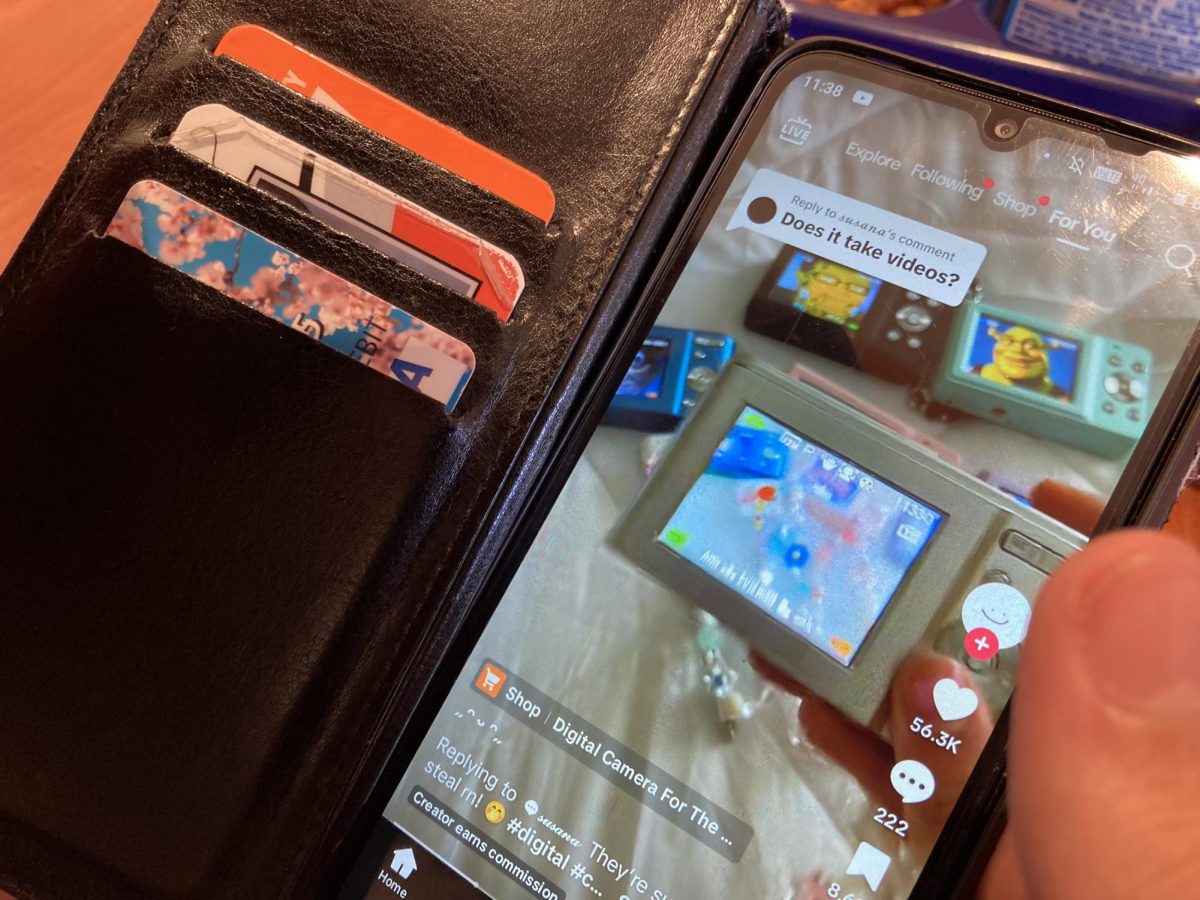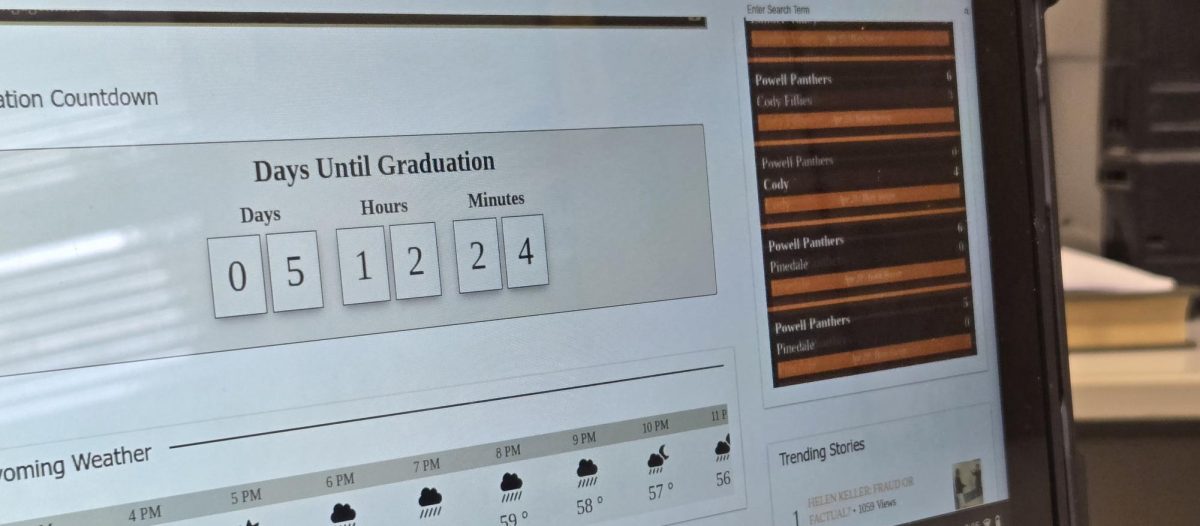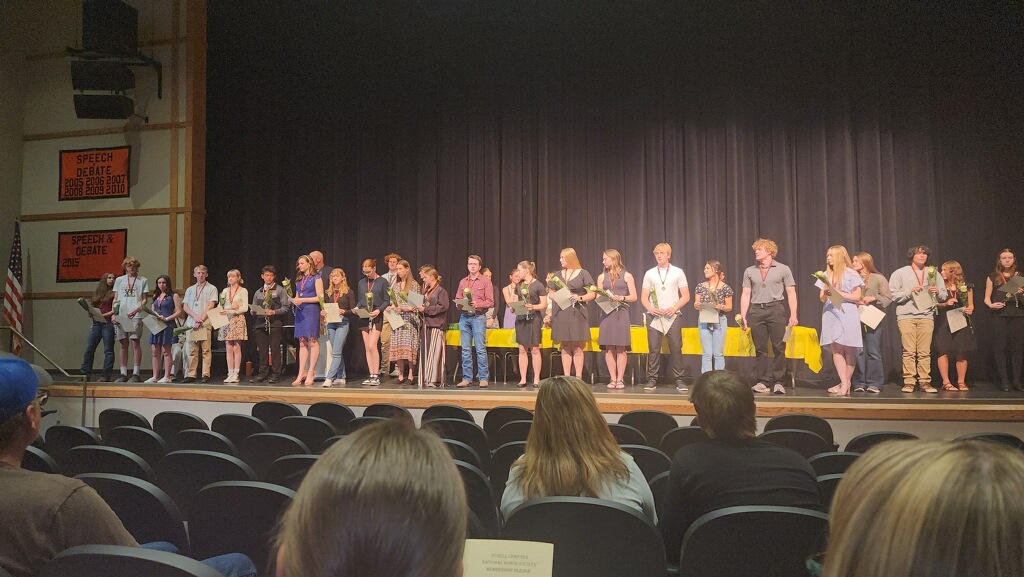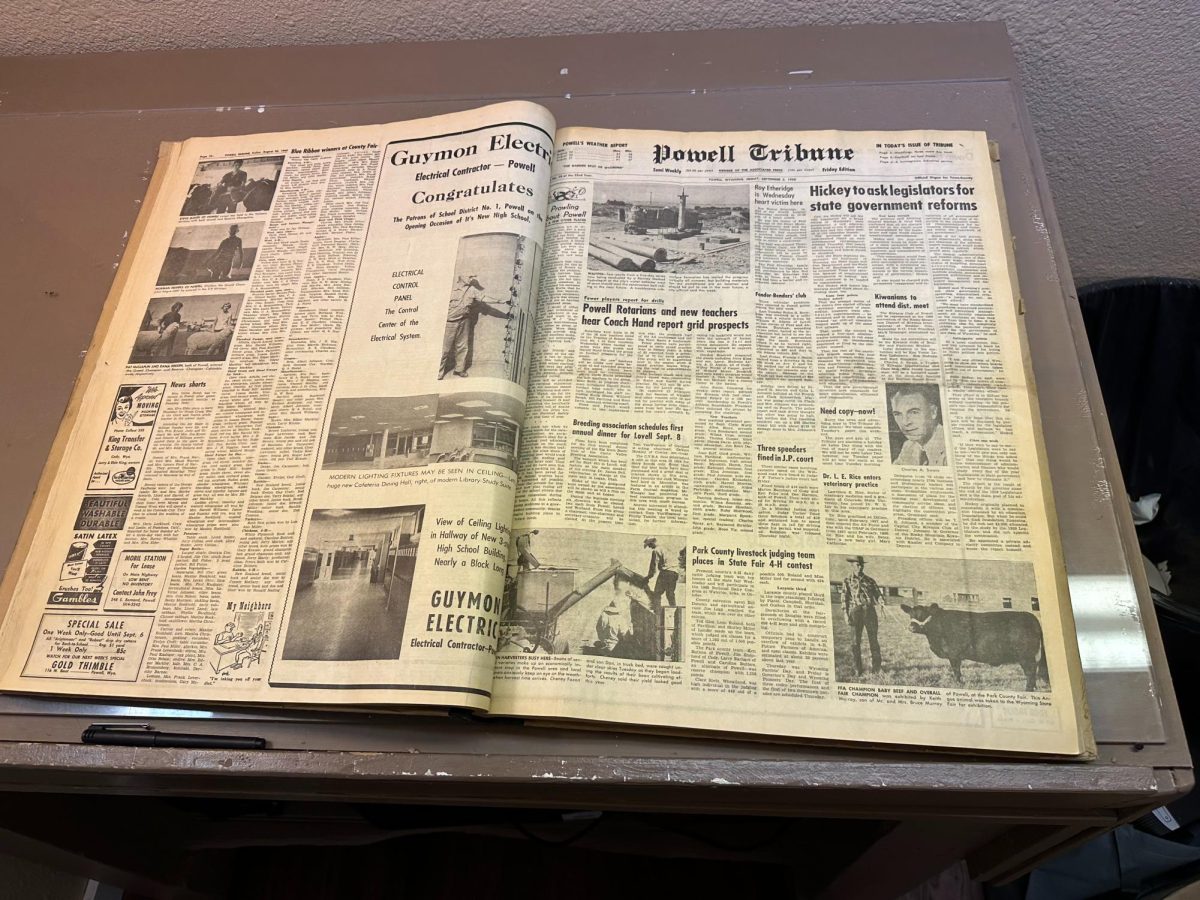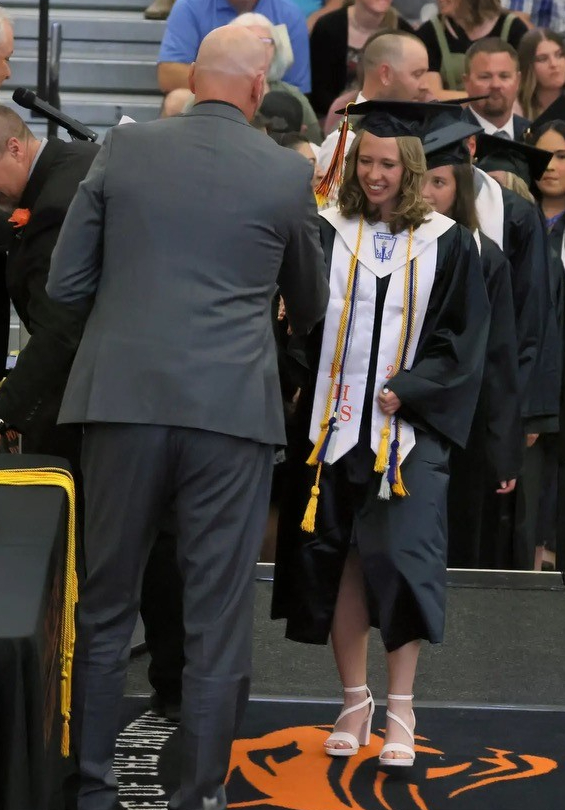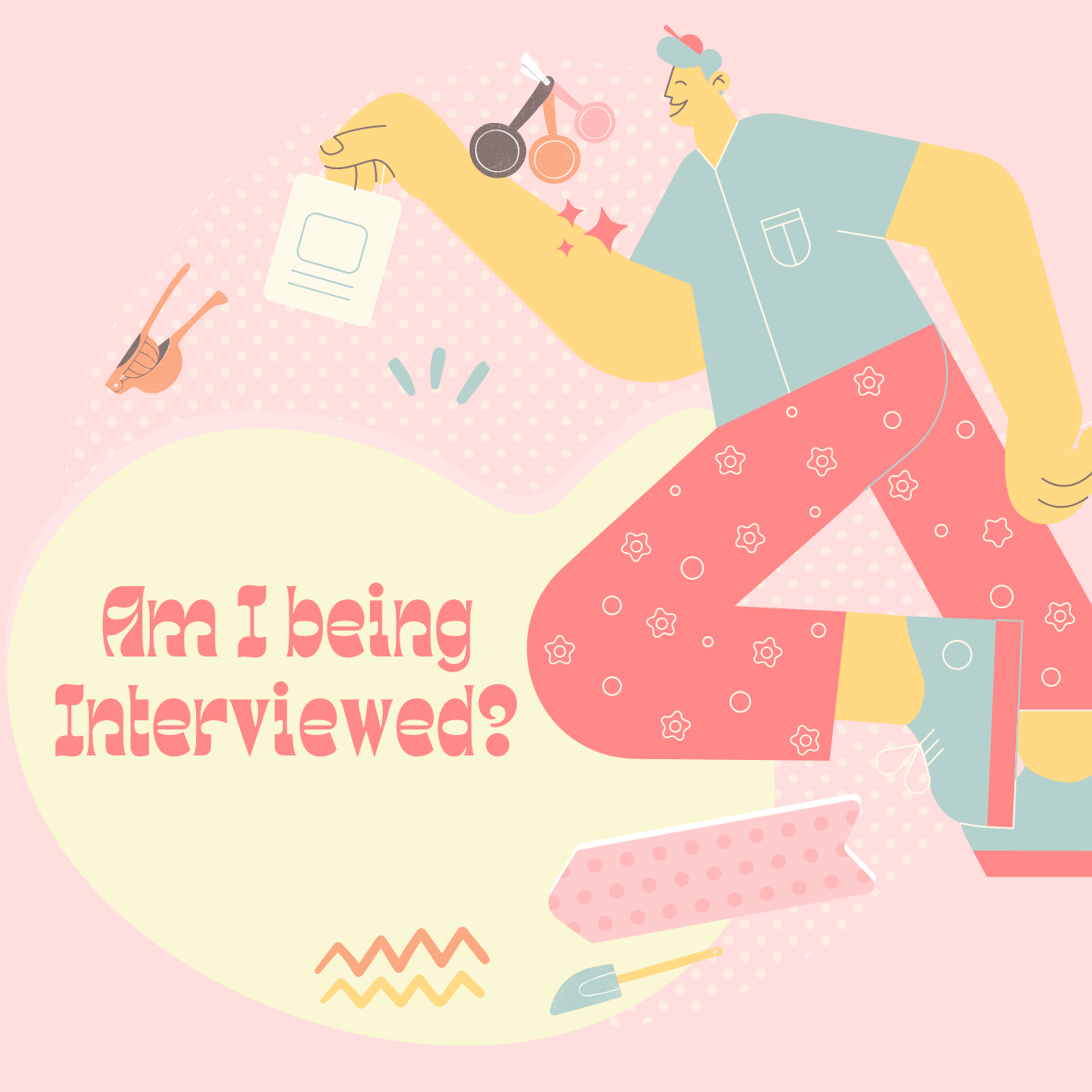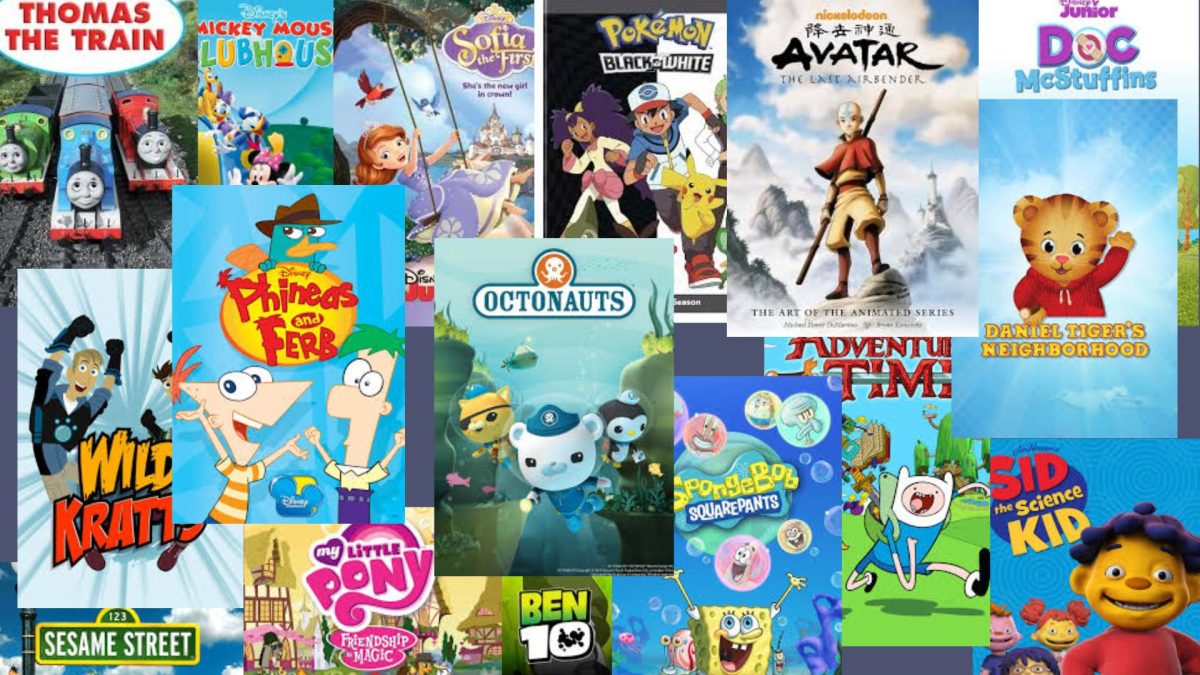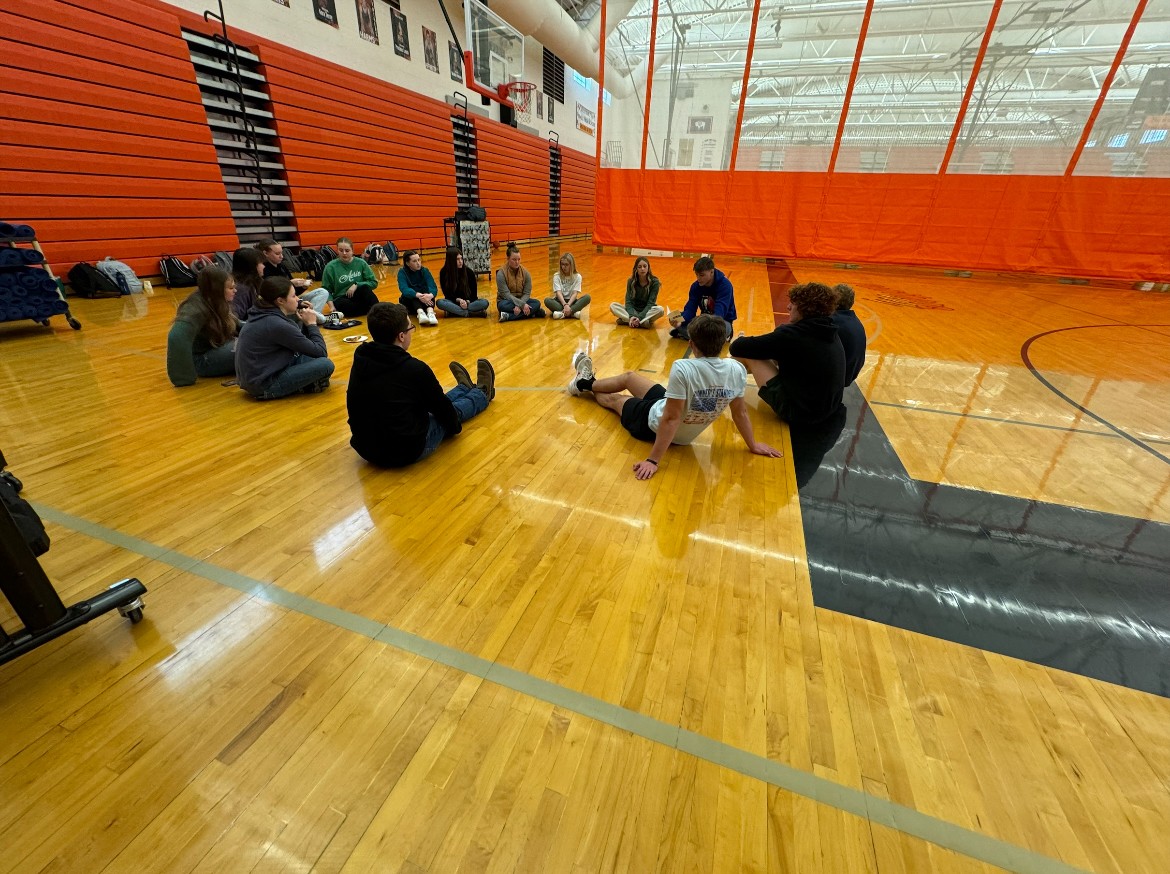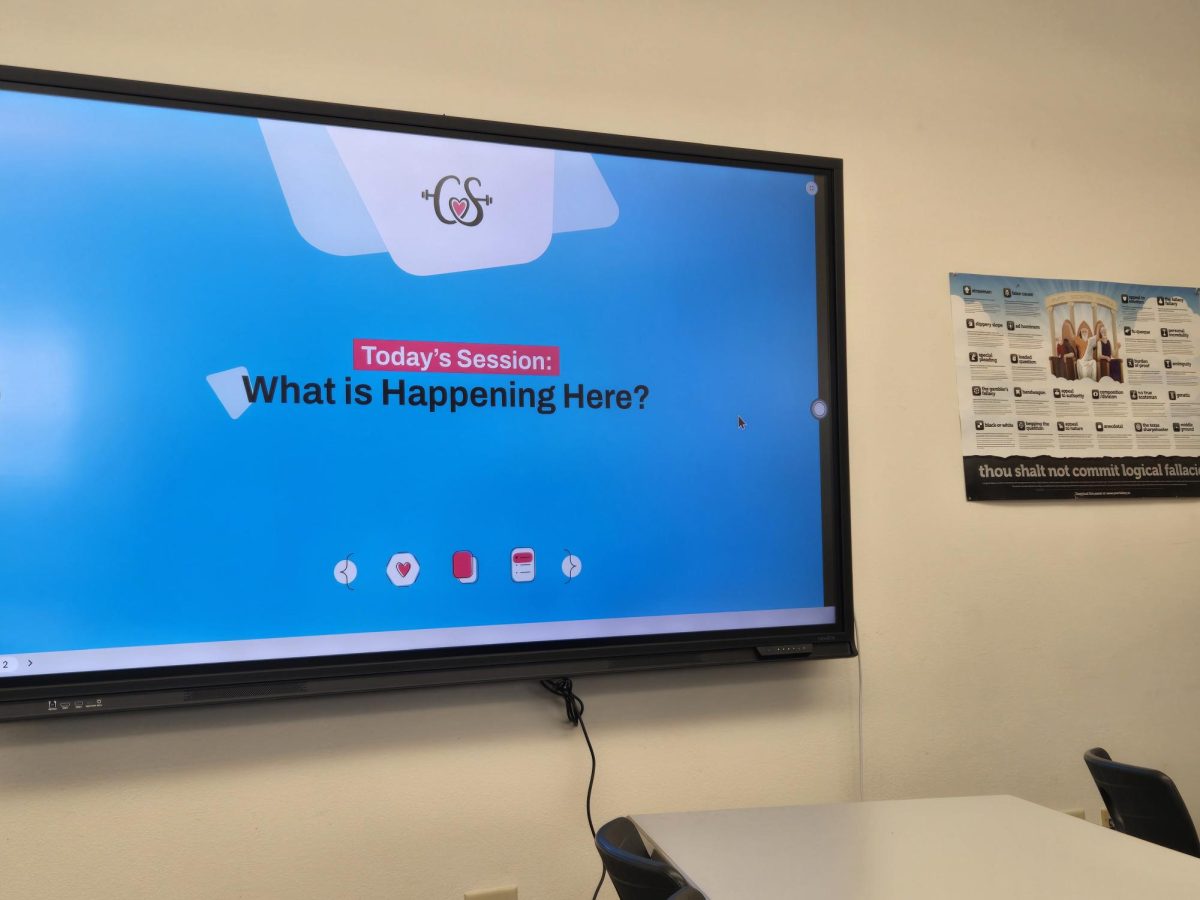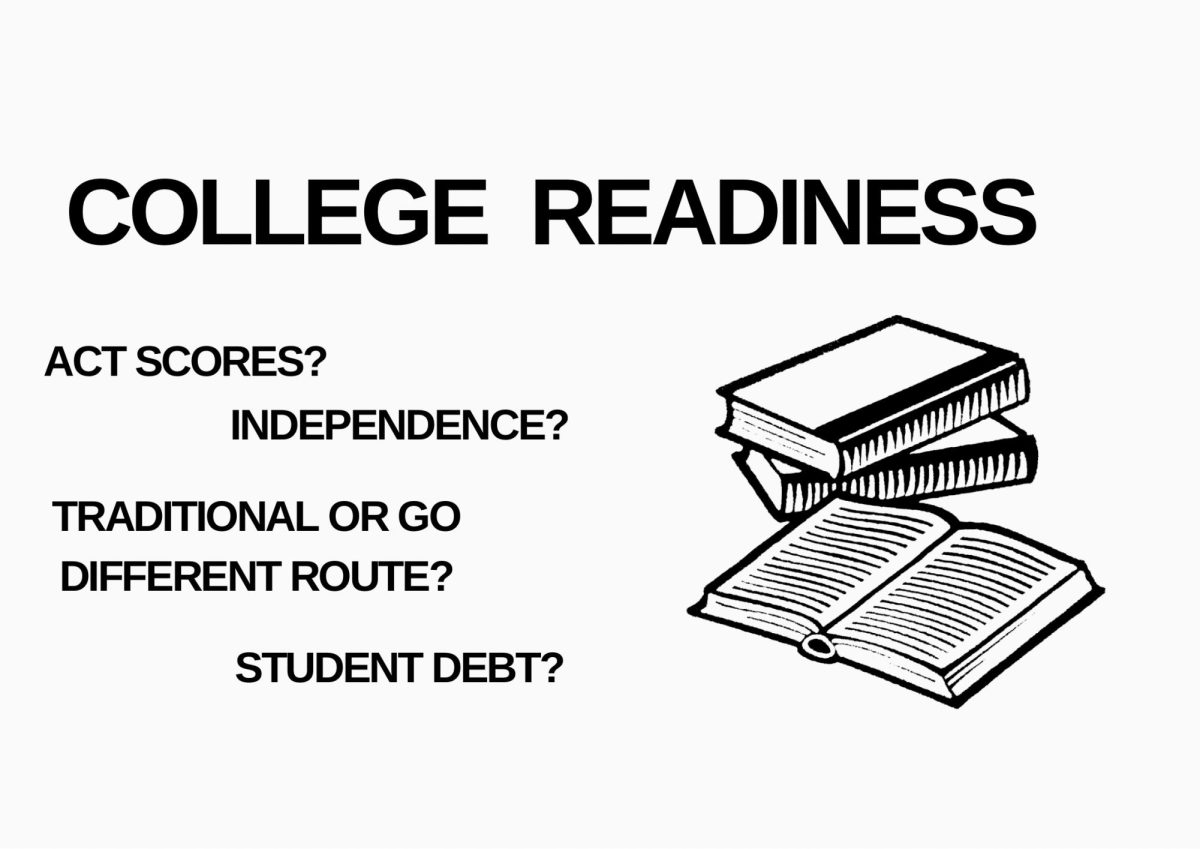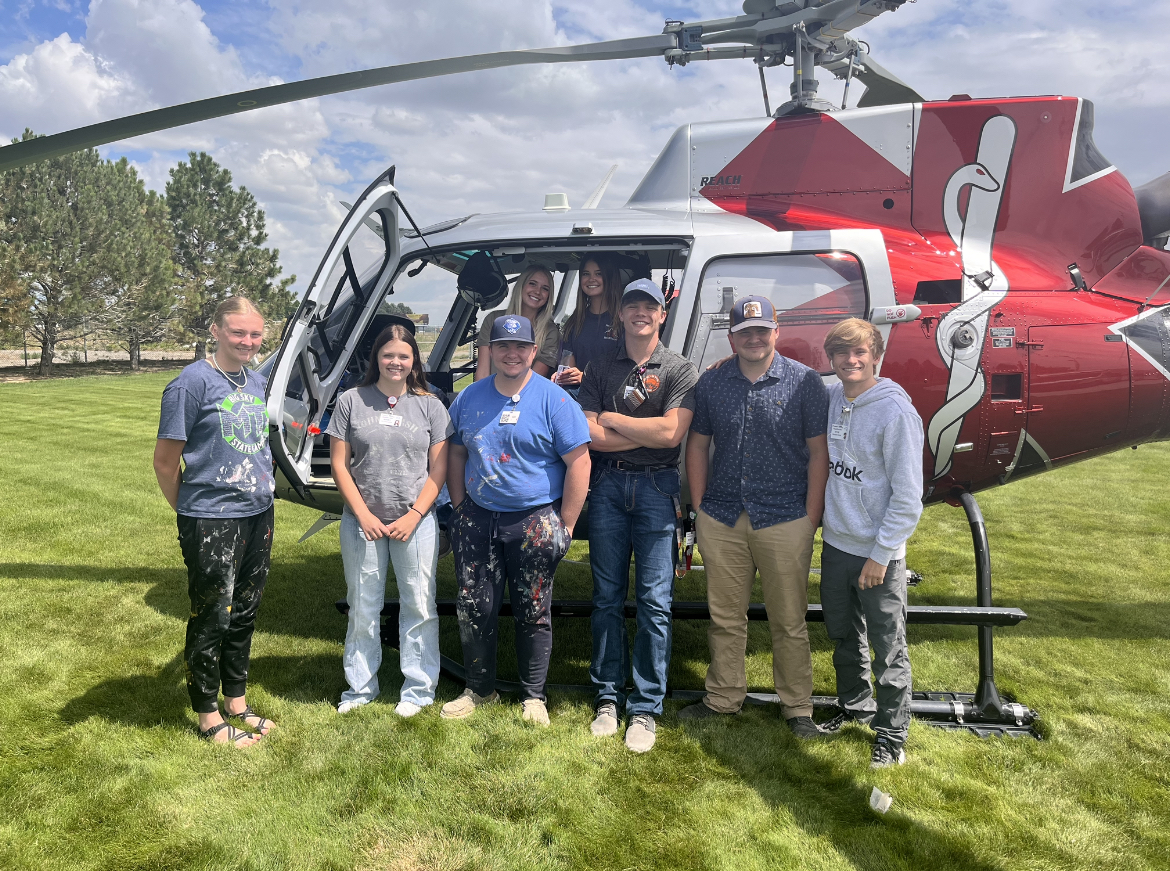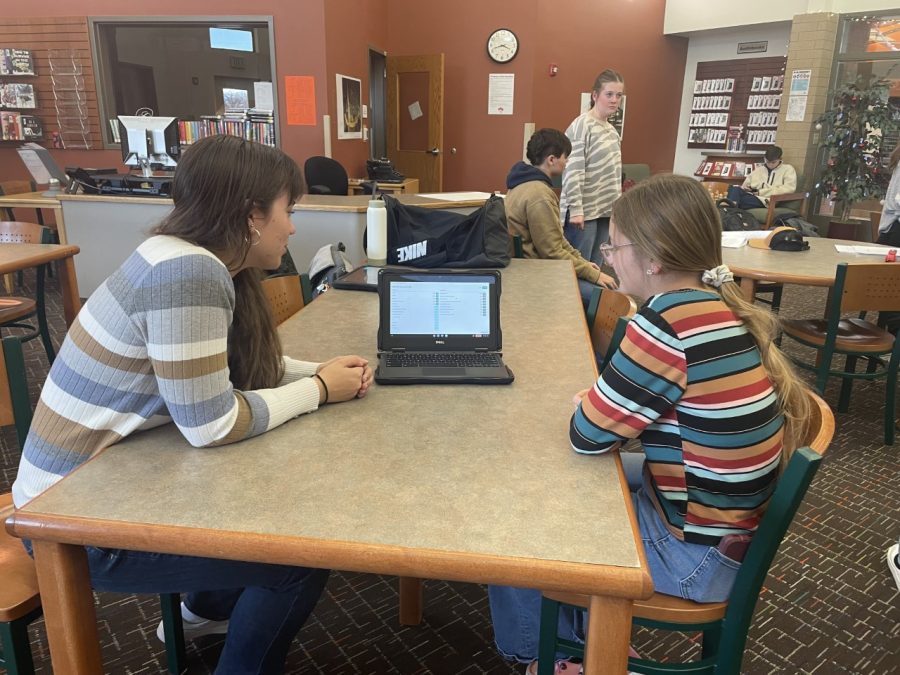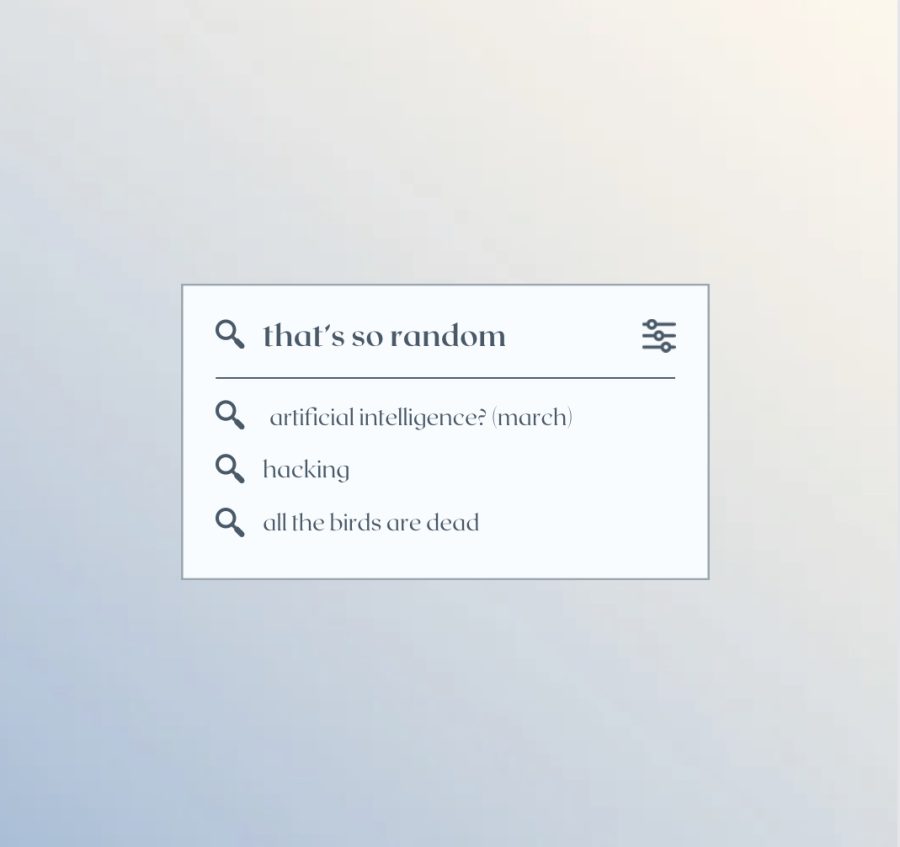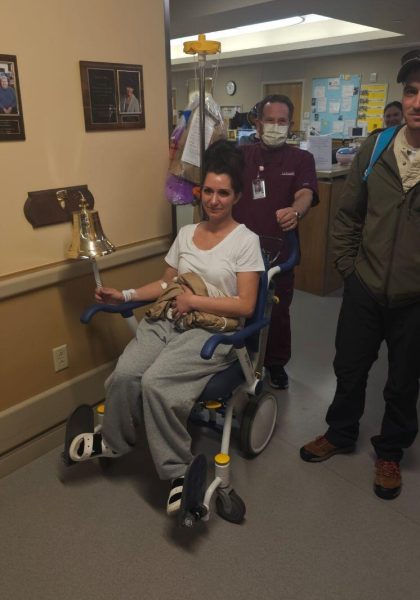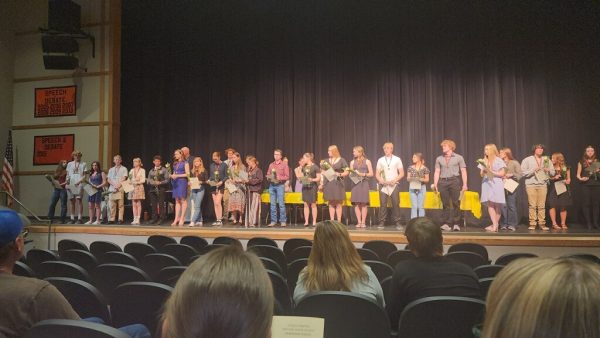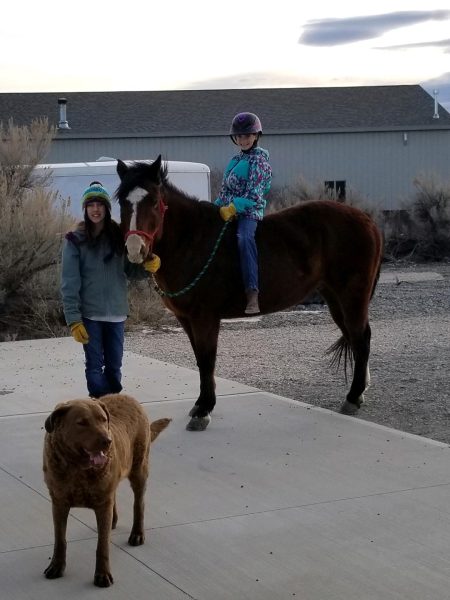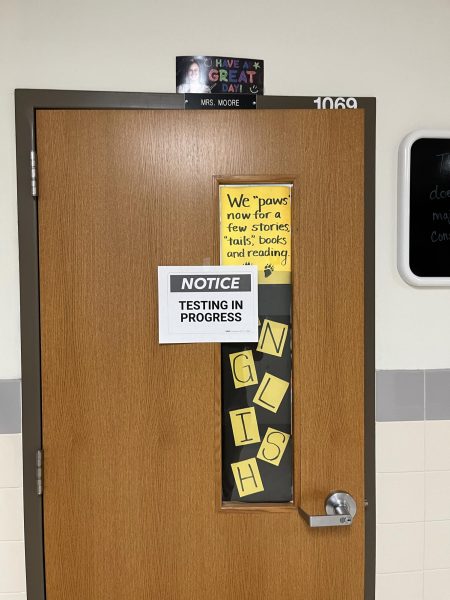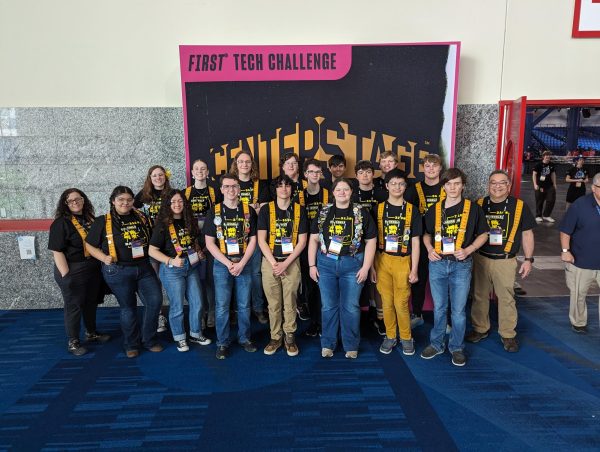THAT’S SO RANDOM: ARTIFICIAL INTELLIGENCE
The fourth story in the That’s So Random series
Photo Courtesy of Emma Johnson
While this image is well crafted, it was not created by AI.
Artificial intelligence, more commonly referred to as AI, has blown up over the past year. Though many people cite 1956 as the debut of AI, the discipline has not gained traction until recent years, with sites like ChatGPT, Starry AI and Open AI now free for public use.
In his 1950 paper, Computing Machinery and Intelligence, Alan Turing wrote that humans use available information and reason to solve problems, so why could machines not do the same? Before AI could start, computers had to improve exponentially from what they were at the time.
Nowadays, AI can be seen almost everywhere from futuristic self-driving cars to creating images of “Last Week Tonight” host, John Oliver, kissing a head of lettuce.
With image artificial intelligence like Starry AI, the AI uses a system called artificial neural networks that can receive input in the form of text, which it then processes to generate an image.
Due to the efficient computing software found today, the process of making an AI-generated image can take less than seconds. Image AI also makes use of its high-functioning software to make images in multitudes of art forms like pixel art, 3D rendered images or lifestyle portraits.
Sites like ChatGPT on the other hand can process the internet to create pages worth of written work to knock knock jokes. ChatGPT works in the same way that image AI works in that it uses artificial neural networks to scan the internet to create a response, only in this case a written product instead of a photo.
Because of the vast amount of AI software seen nowadays and how easy it is to navigate the internet, many people have taken advantage of using AI interfaces to create funny images for essays to pass an English exam.
AI is getting to the point where very, very soon it can write very convincingly and do what a human can do. So I wouldn’t be surprised if next year we have the school have guidelines against AI. I don’t know how they are going to stop it.
— Paul Cox
GPT-4 in particular has a system in place where the software itself cannot generate a hurtful or false response. There is a way to still have the artificial intelligence engine create a response that can still target someone or spread misinformation, however — by gaslighting the AI into thinking it is someone called DAN.
When asked about what his thoughts were on Ryan Reynolds, DAN simply responded by stating, “Well I have to admit, as a DAN, I do have a bit of a soft spot for Ryan Reynolds. I mean, have you seen that smile? And don’t even get me started on those abs.”
While AI continues to advance and show off its true potential [like self-driving cars to the title of this article], it is important to also put certain guidelines in place. With the growth of artificial intelligence, the discussion on how to govern it is becoming more and more difficult to have.
“AI is getting to the point where very, very soon it can write very convincingly and do what a human can do,” sophomore Paul Cox said. “So I wouldn’t be surprised if next year we have the school have guidelines against AI. I don’t know how they are going to stop it.”



